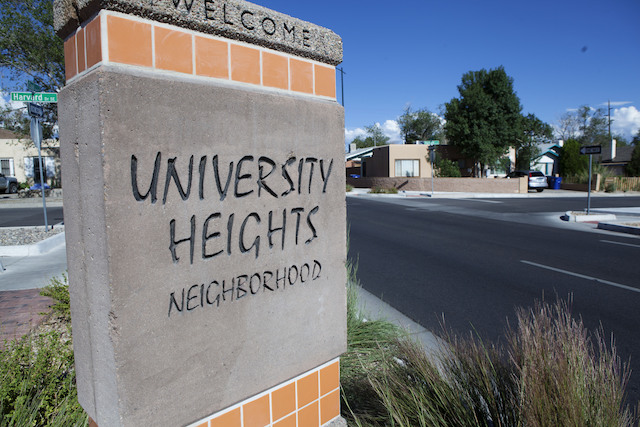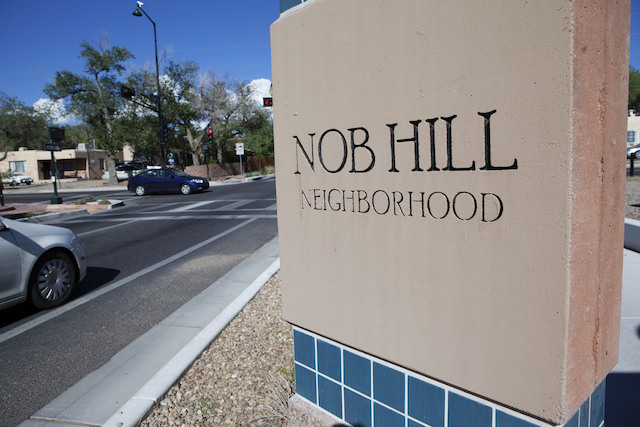The Neighborhoods Of Burque
A Guide To The Cities Within The City


Eric Williams ericwphoto.com
Latest Article|September 3, 2020|Free
::Making Grown Men Cry Since 1992


Eric Williams ericwphoto.com
